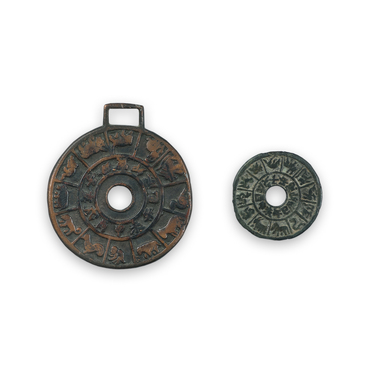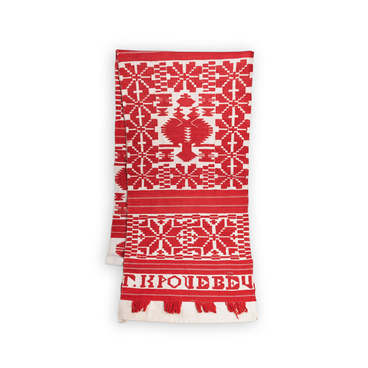The exhibition of the Vladimir Arseniev Museum of Far East History features a mask of a shaman (hambaba) discovered during the expedition of Yuri Degtyaryov in the village of Olon, Pozharsky district, Primorsky Krai, in the 1950s.
Wooden masks were used by the Udege people in the early 20th century. They are known to have been used during rituals. According to Udege beliefs, the mask embodies a “helper” in fishing and hunting, personifying an ancestor. Masks were worn when performing various shamanic rites. The shamanic masks or “masks of resurrected ancestors” (hambaba)were among those that instilled fear. These masks with images of birds, spiders, lizards, frogs and snakes served as a shaman’s symbolic weapon of defense against evil spirits. But most often they were worn by participants of rites performed to ensure the rebirth of animals and humans. The magical power of disguise created hope. Masks were also often used as amulets. Craftsmen usually carved them from linden or poplar trees, and more rarely from birch bark. Some masks were carefully modeled and had a clear realistic character.
The shape of Udege wooden masks varied: they were oval and ovoid. The mask features a straight nose with an eagle profile. The brow arches are horizontal, eye sockets are large, almost round. The large mouth resembles a figure of eight. The eyebrows, mouth and beard are marked with black paint. The forehead and cheeks are covered with black and red lines. It is assumed that the coloring did not just have a decorative function, but imitated the tattooing once practiced by the Udege and their ancestors.
The most famous mask of Udege
shamans was the “hambaba” made of birch bark or wood, depicting the spirit —
the patron saint of the shaman — in the image of an ancestor. Udege people also
had masks depicting men, which were used by shamans only during the major
kamlaniye rituals. Such masks were painted with red and black circles around
the eyes and mouth, stripes from the forehead to the nose and on both sides of
it, and curls in the form of snakes on the cheeks. The most common paint was
red, with which the main patterns were applied. Sometimes a bear or white
wolverine fur was attached to the mask.




